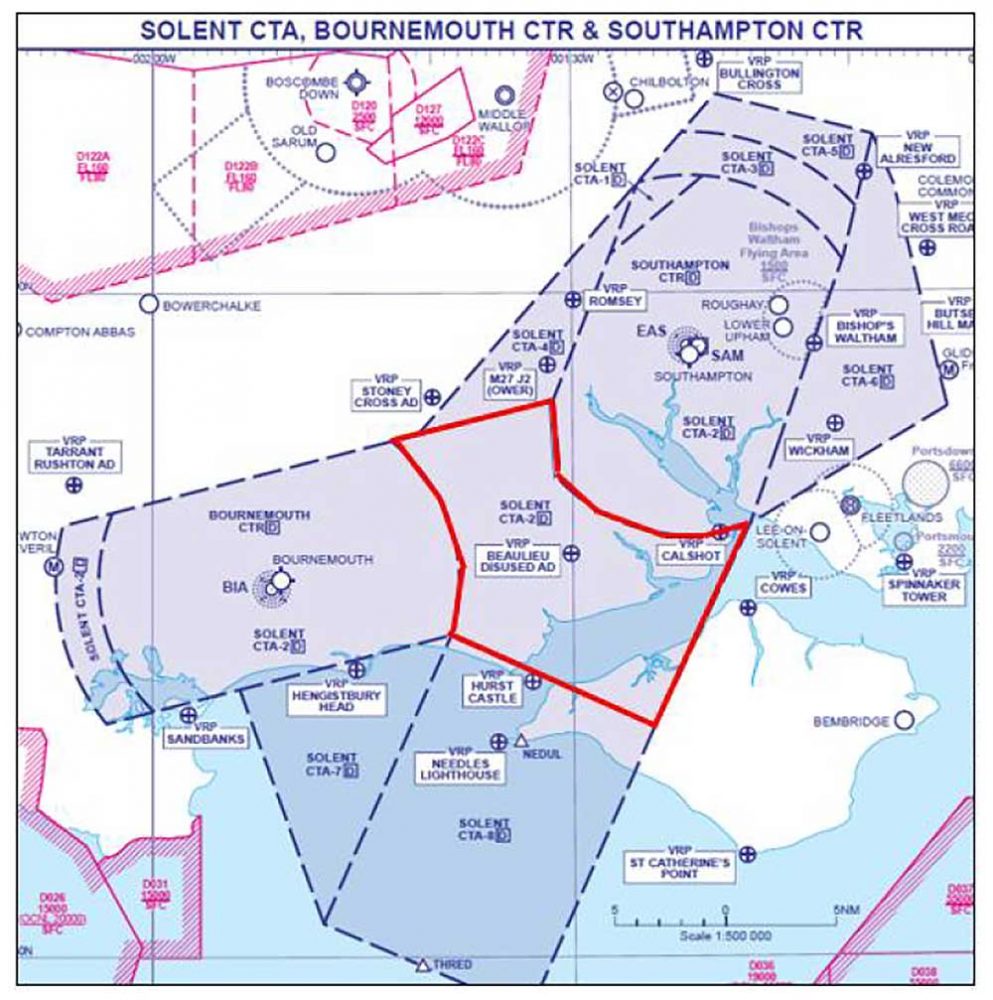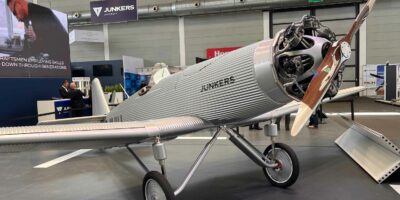NATS Southampton (Solent Radar) is to return to set operating times until at least the end of August in a bid to avoid confusing pilots and reduce the chances of airspace infringements.
Since the Covid-19 pandemic started and restrictions introduced, the actual operating hours of the Controlled Airspace around Southampton Airport – namely the Solent CTA (Control Areas) and Southampton CTR (Control Zone) – have varied considerably.
That’s caused some confusion amongst General Aviation pilots using aerodromes in the vicinity, such as Lee-on-Solent, Popham, Blackbushe, Goodwood, Shoreham, Bembridge, Sandown, Old Sarum, Compton Abbas, White Waltham and Fairoaks, says NATS.
“NOTAMs are of course issued by the Airport Authority and us, pertaining to the airport operating hours and our own ATC coverage, but we know that it can be confusing with numerous changes and subsequent notifications.
“However, from 13 July until at least 30 August, a more consistent programme is planned with the controlled airspace around Southampton Airport active from 0700-1900 daily (except Saturday 0700-1500 – all times local).
“Of course, any change to these times will be subject to NOTAM as per normal procedure so pilots should always check NOTAMs and maintain a listening watch on 120.230 MHz when flying in the vicinity.
“We are hopeful that these set hours will help reduce the number of infringements and we’d urge the GA community to help us help you and be vigilant as everyone enjoys the wonderful weather that is forecast for the coming weeks.”
What should pilots do? NATS’ advice:
- An infringement is relatively easy to deal with when a controller is able to contact the pilot. The easiest way is for the pilot to operate with a Transponder and a VHF Radio. Having the transponder turned on and set to Mode Charlie (ALT) with the local Frequency Monitoring Code (listening squawk) entered, and monitoring the appropriate frequency, allows a controller to get in touch and provide corrective action to re-route the aircraft causing less disruption for all other airspace users.
- If you are flying without a transponder, simply listening in to the local frequency can help to resolve an infringement situation by enabling you to hear if a situation has arisen. If you recognise a transmission that corresponds with your position, you are able to take avoiding action much sooner.
- The Distress and Diversion Cell can be reached on 121.5 and should be contacted as soon as a pilot believes they may have a problem.
- Moving map software, such as SkyDemon, can make pre-flight planning more effective. It also includes valuable elements that can warn you if you are about to enter controlled airspace, helping to eliminate accidental infringements.
NATS












